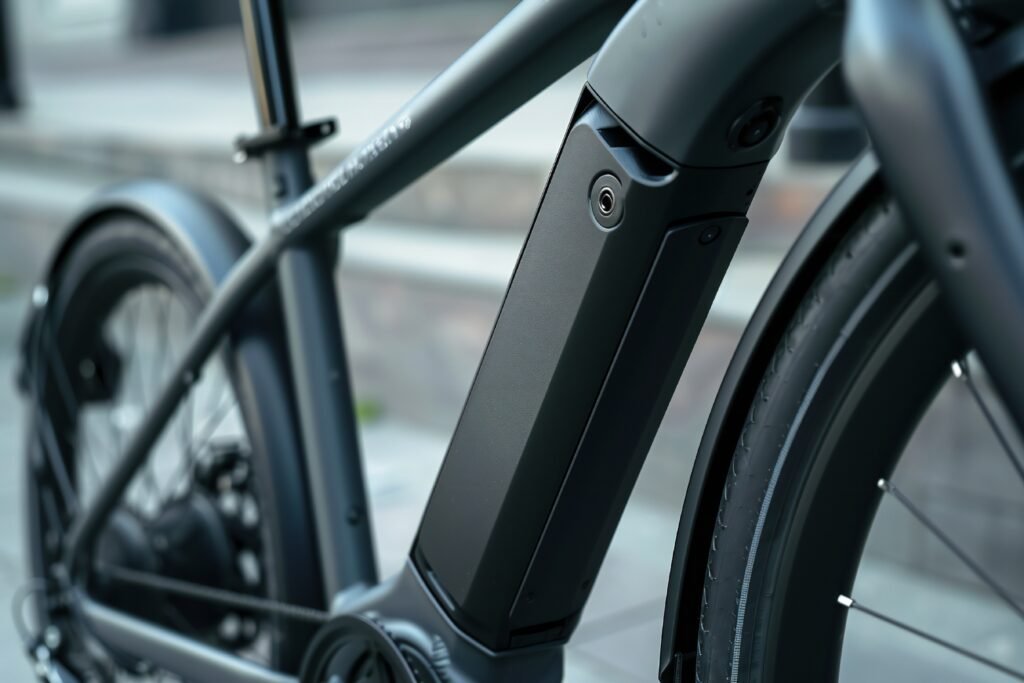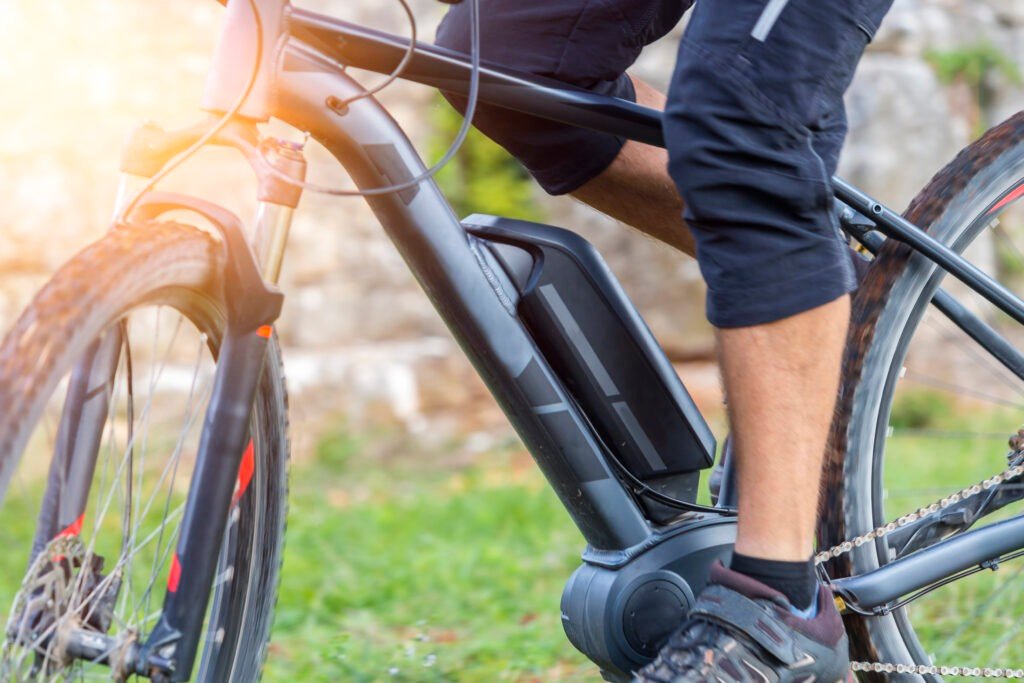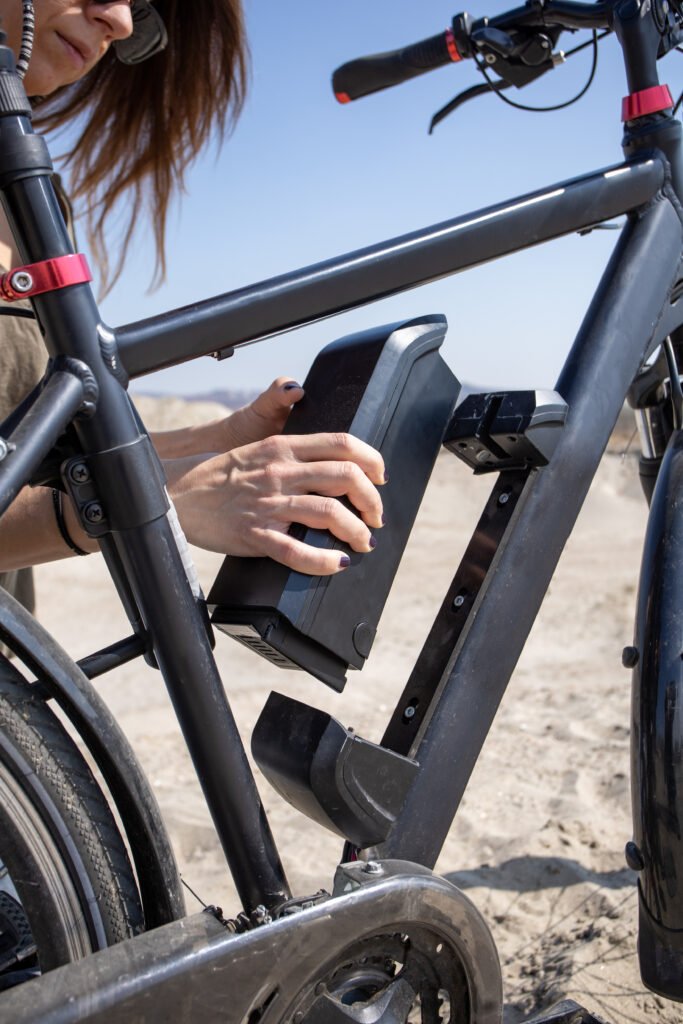An electric bike (or e-bike) can transform your daily commute, weekend rides, and overall mobility. Want to make your electric bike battery life last longer? With the right habits, you can extend your e-bike’s range, preserve power, and avoid early battery degradation. Whether you’re a seasoned rider or a new e-bike owner, understanding how to maximize battery performance is essential for longevity, range, and cost savings. In this guide, you’ll learn practical, science-backed strategies to extend your electric bike’s battery life and ensure a more reliable ride.

Understanding Your Electric Bike Battery
Your e-bike’s battery is its heart and power source. A deeper understanding of how it works helps you care for it properly.
Types of E-Bike Batteries and Their Lifespan
Most modern electric bikes use lithium-ion (Li-ion) batteries because of their high energy density, lighter weight, and longer lifespan compared to older lead-acid or nickel-cadmium batteries. Within Li-ion batteries, the most common types are Lithium Cobalt Oxide (LiCoO₂) and Lithium Iron Phosphate (LiFePO₄).
A high-quality e-bike battery typically lasts between 500–1000 full charge cycles. This translates to roughly 2–5 years of regular use, depending on how often you ride and how well you care for your battery.
Key Battery Specifications That Affect Performance
Some key specs determine battery performance and e-bike range:
- Voltage (V): Higher voltage generally means more power.
- Amp-Hours (Ah): Measures the battery’s capacity—how much electricity it can store.
- Watt-Hours (Wh): Combines voltage and capacity to give an estimate of the total energy the battery can deliver. This is crucial for estimating range.
- Battery Management System (BMS): A built-in safety feature that prevents overheating, overcharging, and short circuits.
Understanding these numbers helps you choose the right battery and manage your expectations regarding range and performance.
Smart Charging Best Practices to Extend Battery Life
Charging habits significantly affect e-bike battery longevity. Here’s how to keep your battery in top shape.
How to Charge Your E-Bike Battery for Longevity
To extend battery life, charge your battery using the manufacturer’s recommended charger and follow these best practices:
- Plug into a grounded outlet in a dry, well-ventilated area.
- Allow the battery to cool before and after riding before charging.
- Avoid draining the battery to 0% regularly; keep charge levels between 20% and 80% when possible.
When and How Often to Charge Your Battery
You don’t need to charge your e-bike battery every time you ride. Frequent full charging can reduce battery health over time. Instead:
- Charge when the battery drops to 30–40%.
- If you’re not using your bike for days, keep the battery at around 50% charge.
- Avoid short, shallow charges unless necessary.
Consistent, moderate charging habits are key to long-term performance.
Avoiding Overcharging to Preserve Battery Health
Overcharging your battery can stress the cells and shorten their lifespan. Many modern batteries stop charging automatically once full, but it’s still good practice to:
- Unplug your battery after it reaches 100%.
- Avoid leaving your battery plugged in overnight for extended periods.
- Use smart plugs with timers or alarms if needed.
Smart battery management starts with conscious charging.
Common Mistakes That Shorten E-Bike Battery Life
Even experienced riders can fall into bad habits. These common mistakes are crucial to avoid if you want to protect your investment.
Poor Charging Habits That Harm Battery Performance
Inconsistent or careless charging is one of the leading causes of early battery failure. Key mistakes include:
- Using off-brand or incompatible chargers.
- Fully depleting the battery before recharging.
- Charging right after a long, hot ride.
- Leaving the battery fully charged for weeks on end.
Avoiding these mistakes can help you get the most from your e-bike battery.
Neglecting Battery Maintenance and Smart Management
Battery care goes beyond charging. Many first-time e-bike owners forget to:
- Inspect the battery terminals for dirt, rust, or corrosion.
- Update firmware if their battery uses smart software.
- Monitor signs of battery swelling or unusual heat.
- Use apps or tools for smart battery monitoring.
Proper maintenance improves battery safety and range—and it helps you avoid costly replacements.
How Riding Style Affects E-Bike Battery Range
How you ride dramatically influences how much energy your battery uses. Smart riding habits can improve your battery efficiency by 10–30%.
Speed, Pedal Assist, and Battery Drain Explained
Higher speeds and heavy use of pedal assist drain your battery faster. To extend your battery range:
- Ride at moderate speeds (15–18 mph) when possible.
- Use lower pedal-assist levels for flat terrain.
- Combine your pedal power with motor assistance efficiently.
Riding efficiently gives you more miles and better battery performance.
Terrain and Its Impact on Battery Usage
City streets and flat terrain require less power than hilly or rugged paths. Steep inclines and frequent stops force your motor and battery to work harder.
- Plan routes that are smoother and less demanding.
- Reduce payload (including accessories like racks or cargo bags) when possible.
- For mountain bike riders, expect reduced range and adjust pedal-assist settings accordingly.
Being terrain-aware helps you stretch your e-bike’s capabilities.

How Weather Impacts Battery Performance
Batteries are sensitive to temperature changes and moisture. Understanding seasonal effects will help you adapt your riding habits.
Temperature Effects on Battery Health and Lifespan
Extreme heat or cold can significantly reduce battery performance. Lithium-ion batteries function best between 60°F–77°F (15°C–25°C).
- In cold weather, expect up to 30% less range.
- Never charge a frozen battery—it could cause internal damage.
- In hot climates, store and charge your battery in the shade.
Temperature awareness is crucial to avoid damage and preserve battery life.
Riding and Charging Your E-Bike in Different Conditions
Wet weather doesn’t necessarily damage your battery—but it increases risk.
- Ensure your battery casing is water-resistant.
- Dry your bike and battery after riding in the rain.
- Avoid puddles that could splash electrical components.
- Do not charge a wet battery—always dry it first.
Weather-conscious riding and storage can add years to your battery’s life.
How to Store and Care for Your E-Bike Battery
Storage and seasonal care are essential for maintaining battery health—especially if you won’t ride for weeks or months.
Tips to Extend Battery Life During Long-Term Storage
When storing your e-bike:
- Keep the battery at 40–60% charge.
- Store in a cool, dry place—ideally between 50°F and 70°F.
- Remove the battery from the bike if possible.
- Avoid metal shelves that conduct electricity—use wood or plastic surfaces.
Long-term storage mistakes can lead to deep discharge or irreversible damage.

Caring for Your Electric Bike and Battery Year-Round
Battery care isn’t just for winter. Ongoing maintenance includes:
- Cleaning the battery terminals monthly.
- Checking for software updates.
- Using protective cases or covers in bad weather.
- Ensuring your rack, cables, and mounts are secure to reduce vibration damage.
Caring for your electric bike and battery regularly improves overall reliability and safety.
Conclusion
Recap of Smart Battery Management Tips
Extending the battery life of your electric bike comes down to a few consistent habits:
- Charge smartly: don’t overcharge or drain completely.
- Ride efficiently with proper pedal assist.
- Avoid extreme temperatures and water damage.
- Store your e-bike battery correctly.
- Maintain it with regular checkups and cleanings.
Ride Smarter and Keep Your Battery Performing at Its Best
Your e-bike battery is a powerful, long-term investment. With the right strategies, you can enjoy longer rides, improved performance, and greater peace of mind—knowing you’re getting the most out of your electric bike.
Whether you’re commuting through city streets, exploring trails on a mountain bike, or just riding for fun, taking care of your e-bike battery ensures a smoother, more satisfying riding experience every time.
FAQ: How to Extend Your E-Bike Battery Life
On average, e-bikes have batteries that last 2–5 years, depending on battery capacity and how well you maintain them. Proper care can help the battery last longer and perform more efficiently.
Try to charge regularly, especially when the battery charge drops below 40–50%. Avoid fully draining the battery often—it can reduce battery power over time.
Use pedal assist moderately to conserve battery. Riding at high speeds or relying only on the motor drains the battery faster.
Keep the battery indoors in a cool, dry place—especially if you’re not riding for a while. This helps maintain battery capacity and reduces degradation.
Yes. Sudden starts, heavy loads, and rough terrain can impact how much battery charge is used. Smooth riding helps your battery last longer.
Before you think about battery care, make sure you’re choosing the right electric bike for your needs — battery capacity varies greatly by model.
For more detailed technical insights, check out Bosch’s official e-bike battery guide, which covers battery types, charging behavior, and long-term care recommendations.
